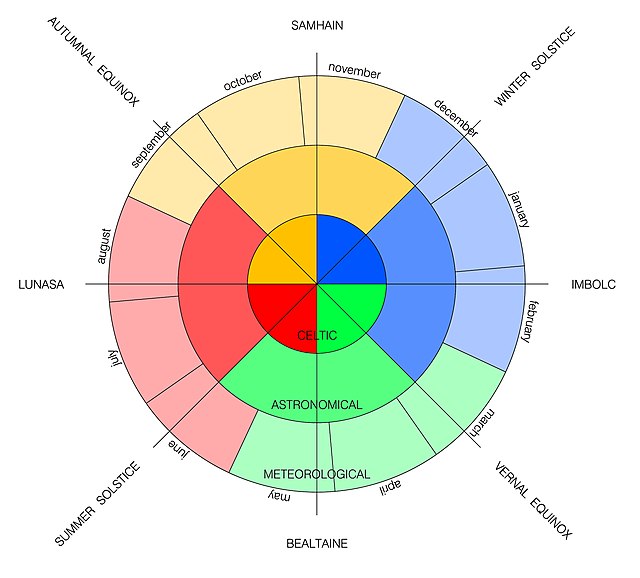In this post, I’d like to discuss nature and learning. That is to say, specifically the seasonal cycle and how it affects students’ ability to learn. Perhaps it’s because in the spring, students seems to just fall off their seats laughing for no apparently good reason. Or, perhaps it’s because it takes us fifteen minutes just to arrive fully in the lesson – including me! Maybe it’s that I’ve noticed how many students have simply forgotten to show up to class in the past few weeks. All of this is to expected in May. I’d like to shed light on these and phenomena that suggest a strong correlation between nature and learning.
Thinking, Feeling, Willing and the Cycle of the Year
We are beings of thinking, feeling, and will. This threefold quality is reflected in outer nature as well. Consider the trees. In summer, they are growing as they reach for the sun. They are reproducing and fruiting. These activities reflect the human will which also causes us to grow, reproduce, and give our gifts (fruits) to the world.
In winter, by contrast, the trees withdraw their sap into their roots. The seeds they dropped last growing season are patiently waiting in the soil for the next spring. It’s like they are quietly contemplating what they will become. Furthermore, this root activity of the plants in winter can be likened to thinking. Plants communicate with other plants their their roots. They tap into something beyond themselves. In the same way, our thinking reaches beyond our individual selves into what is universal.
Spring and autumn are the middle times when winter meets summer and vice versa. They are the time of great transition for the trees and plants. In likewise, human feeling is something which lives in rhythms and changes. It moves and undulates – sometimes high, sometimes low.
So, I would say the nature thinkings in winter, wills in summer, and feels in spring and autumn. Given these images, let us consider how nature and learning coincide.
Ideal Subjects for Each Seasons
Nature permeates us as much as the trees, whether we know it or not. The seasonal cycle affects us. This is why I would 100% rather teach algebra in January than July and why summer is a great time for theater camps. If we want to make the most of our teaching, we would be wise to harmonize our teaching with nature.
For that reason, I generally recommend thinking subjects in the colder months, willing subjects in the warm months, and feeling subject in between. Here’s a general guide:
- Thinking Subjects: math of all kinds, experimental sciences like physics and chemistry
- Feeling Subjects: history, geography, and any subject that requires judgment and discernment
- Willing Subjects: botany, geology, meteorology, and any subject that requires a lot of art, games and movement, theater
So, in 5th Grade for example, it’s good to start and end the year with botany, emphasize history in the fall and spring, and do the headiest math topic (Decimals and Fractions) in the winter. That’s one example, and it can be applied to any grade.
Concluding Thoughts about Nature and Learning
I have set forth ideals here. Are they ever achieved? Very rarely. We do our best with what we’ve got. However, I have written this article to help you hone your instincts. This is not about rules and dogma but about striving to always bring the right thing at the right time. Play with this in your teaching. Observe how the seasonal cycle is affecting your students.
One final note is that people may think from this that I’m absolutely against math tutoring in summer. I’m not at all. Sometimes that’s the only time we can do it. Moreover, some students will lovingly do math any day of the year. Again, this is about cultivating instincts, not adhering to rules.


Leave a Reply
You must be logged in to post a comment.